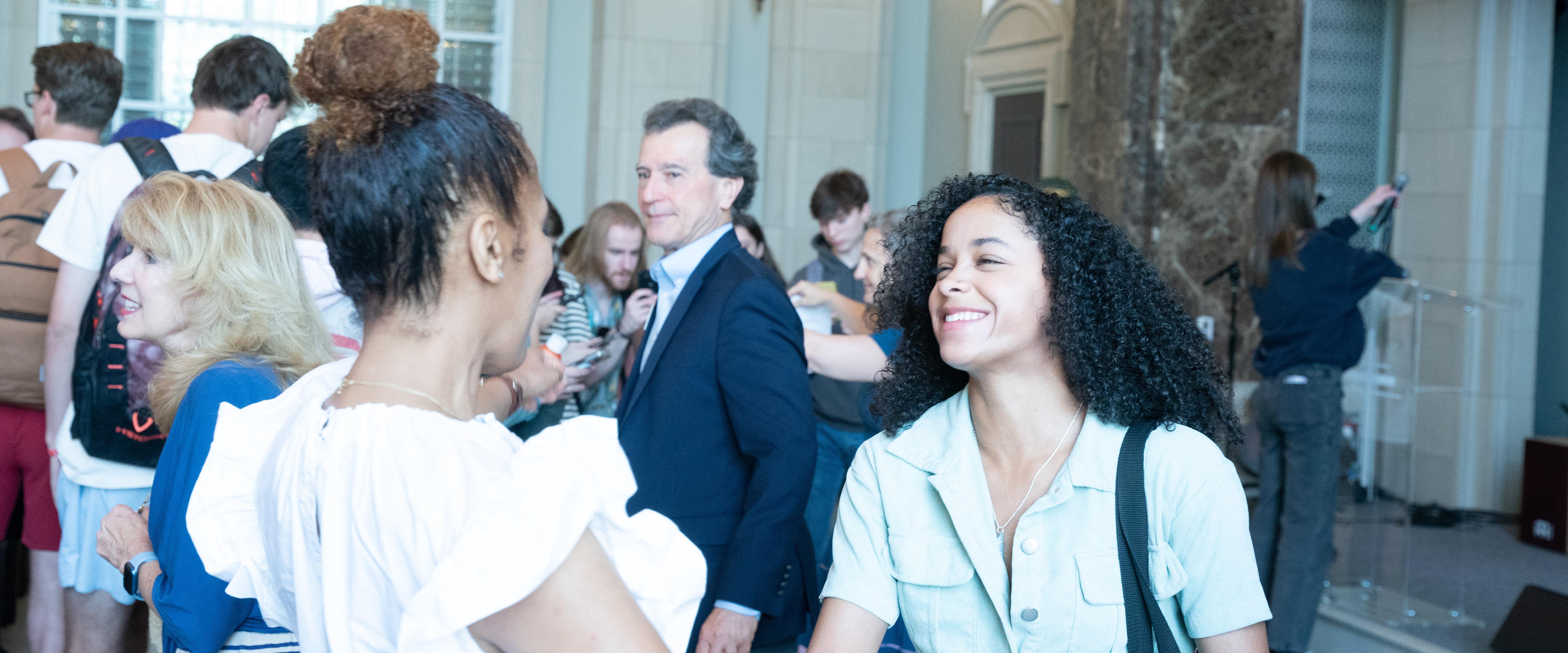This series highlights the stories of students, faculty & staff, campus partners, neighborhood agencies, and alumni who have been transformed by community engagement, meaningful relationships, and a commitment to serve.
The Stories of Engagement series was written & curated by Eleri Hadaway, senior English major and Social Justice minor and fourth-year student worker in the Office of Community-Engaged Learning and Service.
February 22, 2024
Partner Story: Bethany
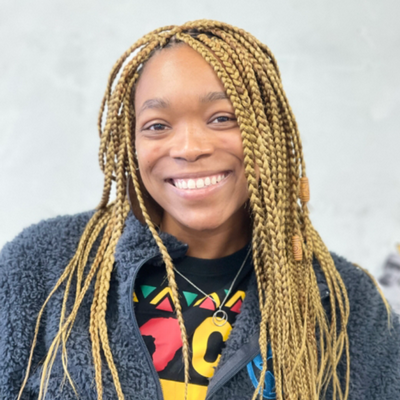
When Bethany Burney got a call from a friend about an opportunity to get involved with Corner to Corner in the fall of 2021, she had no idea how it would transform her. All she knew was that being a 1st grade teacher during the pandemic had taken its toll, and she was ready for a change. She said, “When [COVID] happened, we just didn't know what to do when it came to education. We were at a halt and I was looking at so many of our Black and brown kids not being able to have the same opportunities as their peers at other schools. It just really broke my heart.” A Nashville resident of 16 years, Bethany understands the complex needs of the children in Nashville’s education system. She is particularly passionate about improving education through innovative programs that meet all of students’ needs, hoping to “create something that’s different than what we’ve always done, traditionally.” One of her biggest priorities is finding ways to connect with families, “even if it's just a night where families get to learn what their kids are learning in school, or different ways that you can support and help your kid; you know, let's educate our parents!” Parents know their children’s personalities and abilities in a way that most of their teachers don’t, so they are better equipped to determine what supports the child might need. By empowering families to support their students, educators can incorporate guardians as an integral part of the child’s development and learning.
Bethany’s experience within the education system and passion for outside-the-box learning solutions made her a perfect fit for Corner to Corner. She started working as a Facilitator for Script to Screen, then became a part-time Program Director, and finally, accepted a full-time position as the Script to Screen Program Director in June of 2022. With the mission statement, “All Nashville neighbors flourish through knowledge, tools, and networking,” Corner to Corner facilitates two main programs: The Academy and Script to Screen. The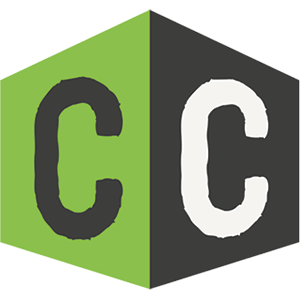 Academy is a program that works with entrepreneurs to start and grow their businesses; Script to Screen is a literacy program that empowers kids’ creativity by guiding them through the process of making their own movies. After reading scripts of popular films, writing their own scripts, filming the scenes, and editing it all together, the participants attend a red carpet premiere night. At this event, they dress up, share their movies, receive trophies, and celebrate their hard work. One year, 300 people showed up to the event. In addition to the students and their families, there were tons of community members who had heard about the program and wanted to learn more about it. They showed up to support the students and encourage them in their literacy efforts. This kind of parent and community engagement is crucial for the development and growth of the students involved in Script to Screen. Bethany said her work has been full of such hope and success, saying, “Leaving the classroom and coming to Corner to Corner transformed my mindset. My spirit was lifted.”
Academy is a program that works with entrepreneurs to start and grow their businesses; Script to Screen is a literacy program that empowers kids’ creativity by guiding them through the process of making their own movies. After reading scripts of popular films, writing their own scripts, filming the scenes, and editing it all together, the participants attend a red carpet premiere night. At this event, they dress up, share their movies, receive trophies, and celebrate their hard work. One year, 300 people showed up to the event. In addition to the students and their families, there were tons of community members who had heard about the program and wanted to learn more about it. They showed up to support the students and encourage them in their literacy efforts. This kind of parent and community engagement is crucial for the development and growth of the students involved in Script to Screen. Bethany said her work has been full of such hope and success, saying, “Leaving the classroom and coming to Corner to Corner transformed my mindset. My spirit was lifted.”
Corner to Corner is always looking for ways to enhance education and empower students, and they rely on volunteers to help them with this important work. They have film facilitator positions open for volunteer or paid internship credit, which involve teaching kids about film and connecting it with storytelling. In the past, Belmont film students have gained valuable experience and made connections with industry professionals by volunteering with Script to Screen. No matter your skillset or experience level, there is a place for you at Corner to Corner. Visit Get Connected to learn more and email bethany@cornertocorner.org for more information about how to get involved!
Written by Eleri Hadaway
December 13, 2023
Alumni Story: Emma, Leighton, and Little Art House
 The founders of Little Art House, Emma Bradford and Leighton Lancaster, are a warm, creative sister duo with a vision for accessible art. Growing up with their mother as their art teacher, they were inundated with creativity from the very start. They have always understood that art is a crucial part of development, and Leighton declared, “We have such a unique opportunity to really grow that innate creativity that kids are born with, and support it, without it having to be through one art class a week at your school... it should be part of everyone's everyday choices.”
The founders of Little Art House, Emma Bradford and Leighton Lancaster, are a warm, creative sister duo with a vision for accessible art. Growing up with their mother as their art teacher, they were inundated with creativity from the very start. They have always understood that art is a crucial part of development, and Leighton declared, “We have such a unique opportunity to really grow that innate creativity that kids are born with, and support it, without it having to be through one art class a week at your school... it should be part of everyone's everyday choices.”
It’s been a long road to get where they are now: they have a business and nonprofit, studio locations in Sylvan Park and Hillsboro Village, and various summer camp programs. Both Emma and Leighton knew they wanted to pursue art as a vocation, but neither of them knew they would end up founding Little Art House, a space where people of all ages and abilities come to learn, play, create, and grow together through art. Both received a BA in Art Studio for undergrad, then completed the Master of Arts in Teaching one-year intensive program at Belmont University. During that year, they were given the opportunity to do 6 months of student teaching in Metro Nashville Public Schools, which began Leighton’s subsequent 9 years as an art teacher in MNPS. As she worked to bring the joy of art to her students, Leighton became frustrated with the public schools’ lack of investment in the arts and the assessment-based teaching style she was forced to adopt. This is when Emma and Leighton began laying the groundwork for Little Art House: they started out by putting on summer camps, then opened their first studio in a rented room on Music Row in 2016. They wanted to offer people an opportunity to prioritize and flourish in their art. Emma said the most joyful part of their work is “being able to play and create and imagine with kids or adults; I think everyone has kind of an inner child situation. Being able to connect with people in that way is so fulfilling and challenging, because you're vulnerable and you may not come from the same mindset.” Leighton added, “I also love to see that flip side when people connect and they go, ‘Whoa, I didn't even know I could do this!’” The work is personal and deeply rewarding, yielding meaningful relationships with students and their families, teachers, and local institutions and organizations like the University of Nashville, the Nashville Public Library, and Big Brothers Big Sisters of Middle Tennessee.
In pursuit of their goal to make art more accessible, the sisters have partnered up with these organizations to do things for little to no cost, providing opportunities for artmaking regardless of students’ ability to pay. However, this practice wasn’t always feasible for the business, so they started their own nonprofit, which is now a year and a half old. Their first fundraiser is currently up at Fido. It’s an art show displaying their students’ artwork, alongside information about the foundation and a link to donate. Going forward, Leighton said, “We're still figuring out exactly how to access the students that we feel like need and deserve the free opportunities and access to what we provide.” They also want to provide support to teachers, not just in the ways that look good on paper, but in ways that teachers actually need. This could include the less glamorous jobs, like scraping tables and cleaning brushes; those little tasks could be a significant help for an exhausted and overwhelmed teacher.
There are lots of opportunities to get involved with the work Little Art House is doing in the community: from cleaning an art closet, to working a craft table at an event, to helping with school art shows, there’s something for everyone to help out with. Volunteers are a crucial part of the accessible art opportunities Little Art House provides. If you are interested in learning more about volunteer opportunities, sign up for emails here and visit Get Connected.
Written by Eleri Hadaway
October 19, 2023
Student Story: Brant
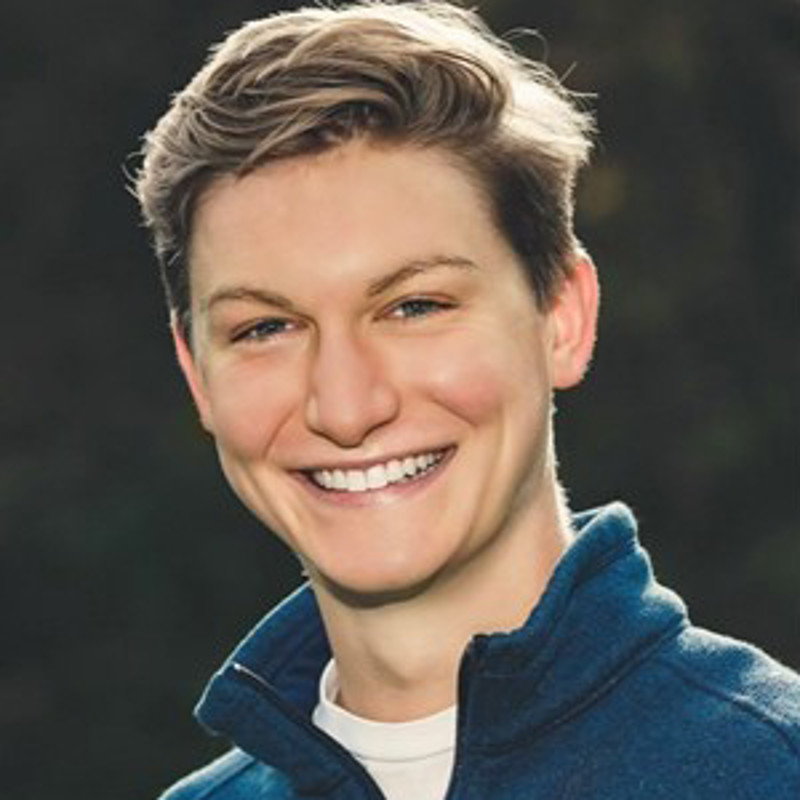 Brant Simmons is motivated by growth, whether that’s in the gym, at school, or in his community. He is a leader, valuing achievement, determination, and relationships above all else. All of his life experiences thus far are a source of gratitude, even the hard ones. As a kid, he moved around a lot, always having to make friends and reestablish himself in each new place. From North Carolina, to Florida, to Ohio, to most recently Florida again, he learned how to push himself outside of his comfort zone to develop meaningful connections within his community. Now, as a sophomore Finance and Management double-major, his ability to take initiative, thrive in new situations, and connect with others is really coming in handy. With 19 credit hours, a finance-related internship at Wearwell LLC, a rigid workout schedule, and piles of homework, it would be easy to let something like service fall by the wayside. So why does he do it so faithfully? It all goes back to growth. It’s why he loves working out, and why he enjoys service: he can see marked change happening as a result of his dedication. “A huge part of leadership is helping others be what they couldn’t be without you,” he shared.
Brant Simmons is motivated by growth, whether that’s in the gym, at school, or in his community. He is a leader, valuing achievement, determination, and relationships above all else. All of his life experiences thus far are a source of gratitude, even the hard ones. As a kid, he moved around a lot, always having to make friends and reestablish himself in each new place. From North Carolina, to Florida, to Ohio, to most recently Florida again, he learned how to push himself outside of his comfort zone to develop meaningful connections within his community. Now, as a sophomore Finance and Management double-major, his ability to take initiative, thrive in new situations, and connect with others is really coming in handy. With 19 credit hours, a finance-related internship at Wearwell LLC, a rigid workout schedule, and piles of homework, it would be easy to let something like service fall by the wayside. So why does he do it so faithfully? It all goes back to growth. It’s why he loves working out, and why he enjoys service: he can see marked change happening as a result of his dedication. “A huge part of leadership is helping others be what they couldn’t be without you,” he shared.
Brant has been serving with Dream Streets for about a year. He originally got involved because his scholarship requires 40 hours per semester of community service, but it quickly became much more than fulfilling a requirement. After finding and signing up for the opportunity through Get Connected, the website designed to help students find service opportunities that align with their interests, skills, and schedules, he quickly became acquainted with the process and jumped right in. Dream Streets has three main focuses: job placement, after-school programs, and food distribution. Brant has mainly helped out with food distribution, often at the 17th & Underwood location. On delivery day, the volunteers start by picking up food at a grocery store. This food is typically either almost expired or is set to expire that day, so Dream Streets prevents food waste, while also providing food for those in poverty. Then, volunteers head to their designated location to set up tables to display the food. Odie, a regular shopper, often comes early to chat and help the volunteers set up. Brant has become friends with many of the regulars, developing connections throughout his visits to the various distribution locations. When everything is ready, shoppers go through the line, getting a certain amount of meat and prepared food and picking up as much as they need of other kinds of food. For many, this is all the food they will get for the next week, so they pack the boxes to the brim. Brant often helps shoppers carry the boxes, which weigh up to 50-70 pounds, to their houses or cars.
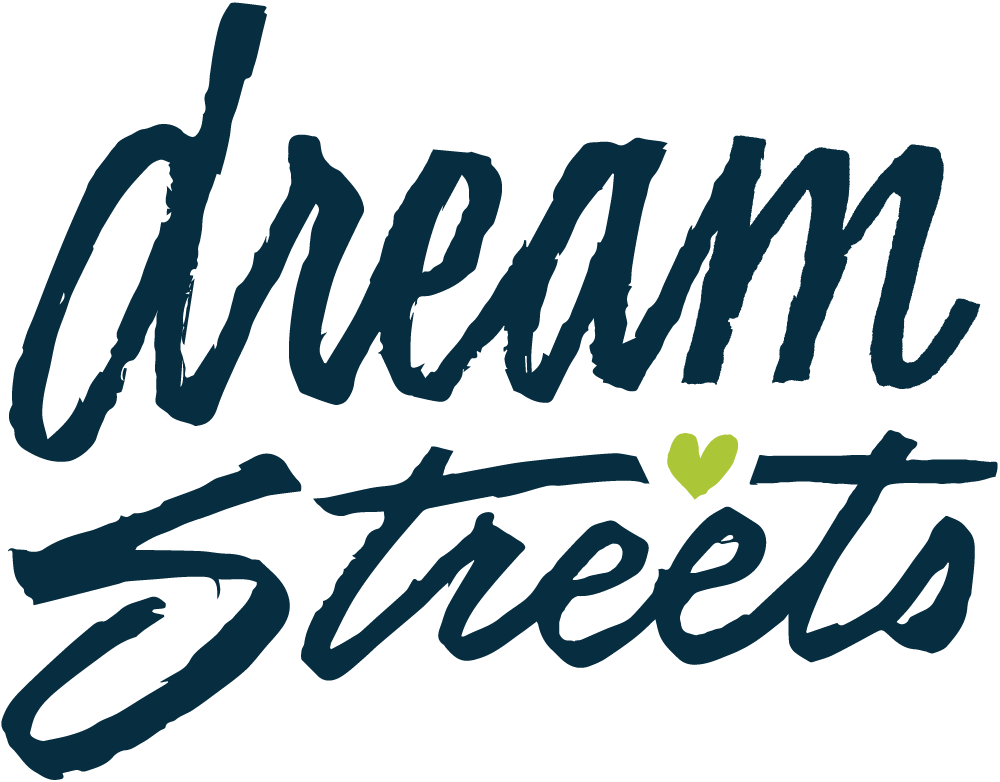 Meeting the regulars at Dream Streets has opened Brant up to a new perspective and a renewed sense of gratitude: “It’s kind of crazy just seeing how grateful these people are for something so little as food, that I take for granted. I never have worried about where my next meal is.” He’s learned to be more grateful for other aspects of his life that he has taken for granted, too, like sight, walking, lifting, working, and going to school. He knows one regular who wanted to go to college but couldn’t go because he had to work to provide for his family instead. Brant respects these individuals deeply, declaring, “I’m not going to judge them for their situation… I don’t know what they’ve been through or the situations they’re in right now.”
Meeting the regulars at Dream Streets has opened Brant up to a new perspective and a renewed sense of gratitude: “It’s kind of crazy just seeing how grateful these people are for something so little as food, that I take for granted. I never have worried about where my next meal is.” He’s learned to be more grateful for other aspects of his life that he has taken for granted, too, like sight, walking, lifting, working, and going to school. He knows one regular who wanted to go to college but couldn’t go because he had to work to provide for his family instead. Brant respects these individuals deeply, declaring, “I’m not going to judge them for their situation… I don’t know what they’ve been through or the situations they’re in right now.”
It took Brant a while to find an opportunity that he was passionate about. He tried a variety of opportunities before he found Dream Streets, but after his first time volunteering, he knew he would be back. Thomas and Liz, two members of the Dream Streets team, welcomed him with open arms and have since become mentors to him. Through their exemplary leadership, they have taught him lots about meaningful community engagement. He reflected, “I feel more fulfilled. I’m doing something for other people and that brings me joy.” For anyone who is interested in volunteering at Dream Streets, it’s super easy to jump in, and they have regular opportunities for most days of the week. Check out their website to learn more and sign up for some opportunities!
Written by Eleri Hadaway
September 27, 2023
Student Story: Nora
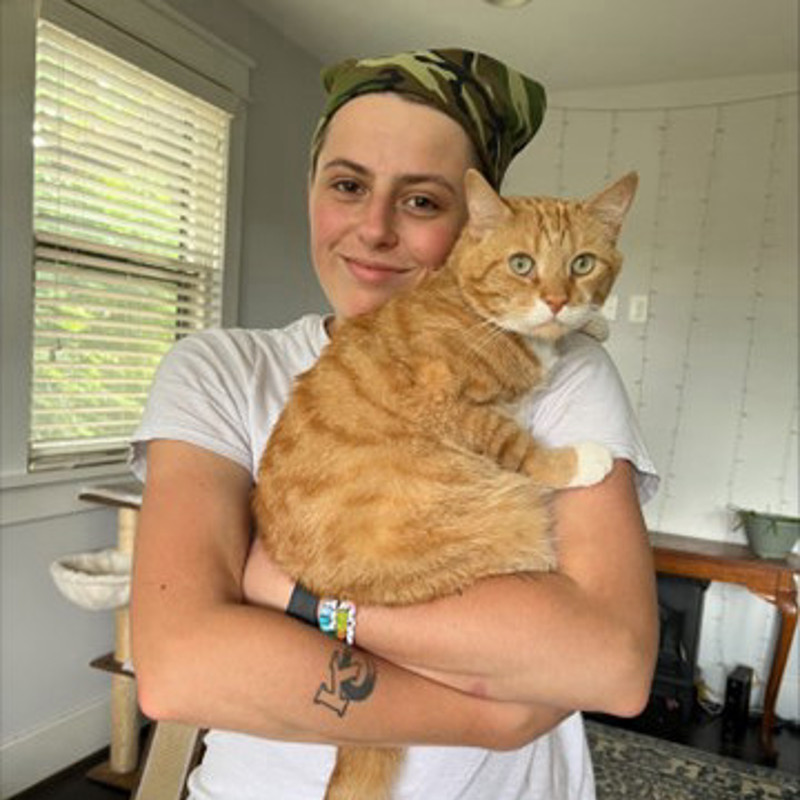 Nora Weir might be the busiest person in the world. Self-described as driven, stubborn, and focused, Nora has a multitude of commitments, and every single one matters deeply to her. In addition to being a senior Audio Engineering major and Theatre minor at Belmont, she works four jobs, juggling serving at a vegan restaurant, audio engineering for the bars downtown, freelance audio engineering, and freelance labor for Rhino Staging. On top of all this, she volunteers weekly with The Trevor Project, the largest LGBTQ suicide prevention service in the US. It seems like a lot, but she’s exactly where she wants to be. When she first visited Nashville at 15, she thought it was the greatest city on Earth, proclaiming, “Every single place that I’m going, there is somebody here who’s doing exactly what I want to do. There’s opportunity everywhere.” She knew she had to go to Belmont.
Nora Weir might be the busiest person in the world. Self-described as driven, stubborn, and focused, Nora has a multitude of commitments, and every single one matters deeply to her. In addition to being a senior Audio Engineering major and Theatre minor at Belmont, she works four jobs, juggling serving at a vegan restaurant, audio engineering for the bars downtown, freelance audio engineering, and freelance labor for Rhino Staging. On top of all this, she volunteers weekly with The Trevor Project, the largest LGBTQ suicide prevention service in the US. It seems like a lot, but she’s exactly where she wants to be. When she first visited Nashville at 15, she thought it was the greatest city on Earth, proclaiming, “Every single place that I’m going, there is somebody here who’s doing exactly what I want to do. There’s opportunity everywhere.” She knew she had to go to Belmont.
She still had a few more years of Kansas City high school to go, though, and they weren’t easy. Freshman year, Nora was outed as gay. It was an incredibly isolating time, especially because she was the only openly gay person at her all-girls school. She remembers, “I was the first gay person that somebody had ever met.” Amid questions of sexuality and gender, struggles with her peers and her dad not understanding her sexuality, and general confusion about how to feel and what to do, Nora turned to The Trevor Project. “The Trevor Project is always something that’s been really important to me,” she said. When she finally got to Belmont and realized she needed to do community service, The Trevor Project immediately came to mind.
 Because of how important and intense their work is, The Trevor Project has a rigorous, three-month training process. Nora works as a crisis counselor for the organization, providing text and chat services. Before she was allowed to chat with real contacts, she watched hours of videos, read the handbook, took quizzes, and participated in mock scenarios of varying levels of intensity. It was a lot to take on, but instead of deterring Nora, it just affirmed that she was cut out for the work. Counselors don’t offer advice or give directions; instead, they offer support and resources to empower the individuals to make their own decisions. “It’s really hard not to get attached to some of these kids who come in, because a lot of them are reoccurring contacts,” Nora shared. It can be tempting to check in on a situation they mentioned in a previous conversation, but the counselors don’t do this because they don’t want to create an environment of surveillance. The contacts drive the conversation, and they’re not required to share anything they’re not comfortable with. Overall, the process is designed to protect the contacts and the volunteers, with mental health resources and support groups provided for volunteers. It can be difficult for volunteers to process some of the conversations they have, but they are able to lean on each other and their supervisors when it becomes too difficult to handle on their own.
Because of how important and intense their work is, The Trevor Project has a rigorous, three-month training process. Nora works as a crisis counselor for the organization, providing text and chat services. Before she was allowed to chat with real contacts, she watched hours of videos, read the handbook, took quizzes, and participated in mock scenarios of varying levels of intensity. It was a lot to take on, but instead of deterring Nora, it just affirmed that she was cut out for the work. Counselors don’t offer advice or give directions; instead, they offer support and resources to empower the individuals to make their own decisions. “It’s really hard not to get attached to some of these kids who come in, because a lot of them are reoccurring contacts,” Nora shared. It can be tempting to check in on a situation they mentioned in a previous conversation, but the counselors don’t do this because they don’t want to create an environment of surveillance. The contacts drive the conversation, and they’re not required to share anything they’re not comfortable with. Overall, the process is designed to protect the contacts and the volunteers, with mental health resources and support groups provided for volunteers. It can be difficult for volunteers to process some of the conversations they have, but they are able to lean on each other and their supervisors when it becomes too difficult to handle on their own.
At this point, Nora has served over 140 hours with The Trevor Project, and counting. She is driven to keep volunteering by her commitment to helping people. “What makes me happy is making other people happy without having to diminish myself,” she declared. Sometimes, she has a day where she doesn’t feel like doing her shift, but she tells herself, “I’m doing something really, really important and I’m going to stay on.” Her advice for other students who might be struggling to find the time, the motivation, or the right opportunity for community service? Find something you like! Her work with The Trevor Project is so meaningful to her because it supports LGBTQ rights, something that she finds central to her identity and purpose: “Finding purpose, finding what you were put on this earth to do, is the most crucial, the first step, and for me I was really lucky that I know I was put on this earth to be an audio engineer, I know that I was put on this earth to be an advocate, I know that I was put on this earth to help other people. I think that community service is a really great way to find out what you’re doing.”
Written by Eleri Hadaway

